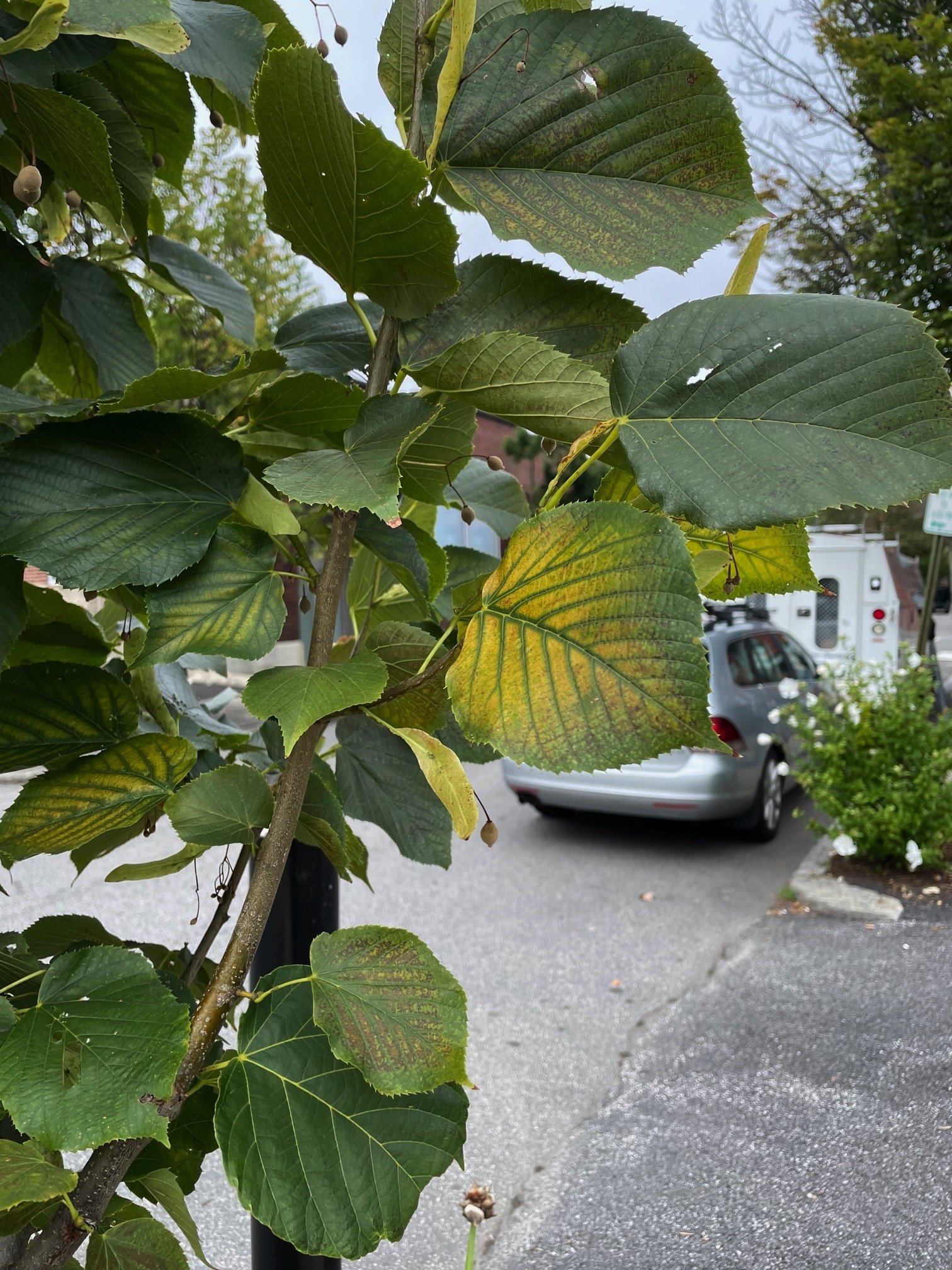
Why trees?
1. Trees improve air quality.
Trees are sometimes called the lungs of the Earth because they absorb and filter pollutants through their leaves. They also produce oxygen through photosynthesis.
2. Trees reduce flooding and erosion.
A tree’s leafy canopy catches precipitation before it reaches the ground, allowing some of it to gently drip and the rest to evaporate. Tree roots reduce erosion. In these ways, trees lessen the force of storms and reduce the amount of runoff into sewers, streams, and rivers.
3. Trees temper local and global climate.
Trees lower air temperatures and humidity; they can also curb wind speed. They help lessen the effects of climate change by absorbing CO2 and releasing oxygen.
4. Trees conserve energy by reducing the need for air conditioning.
5. Trees beautify neighborhoods and are good for the local economy.
Economic analyses have found that the value of homes near trees is 9 to 15 percent higher than homes without.
6. Trees create habitat for plants and animals.
Wherever trees are established, wildlife and other plants are sure to follow, ensuring a healthier ecosystem.
7. Trees improve mental health.
Research demonstrates that exposure to trees has a relaxing effect on humans, reducing stress and imparting a sense of well-being.
8. Trees reduce noise pollution and can serve as visual screens.
9. Trees promote community.
Tree programs like Greening the District enhance a community’s sense of pride and ownership. Active involvement in tree planting programs leads to the promotion of environmental responsibility and ethics. Planting programs also provide the impetus for other community renewal and action programs
